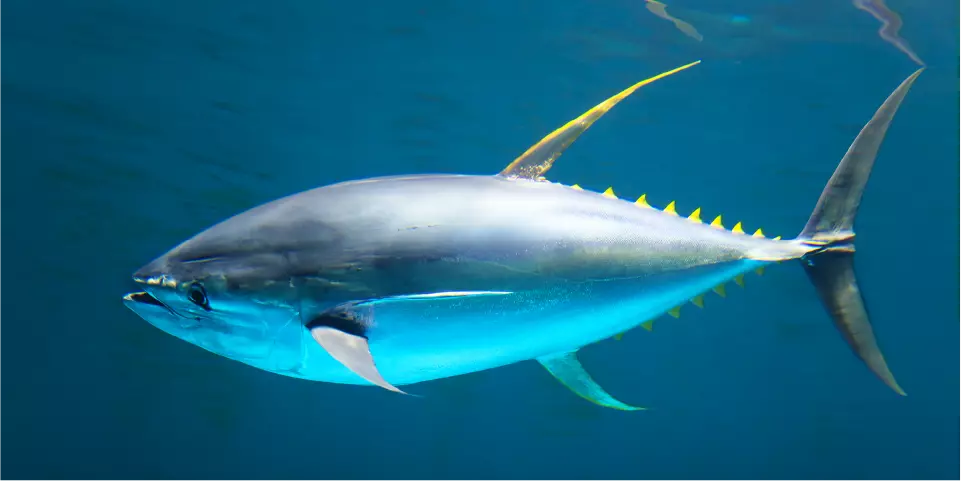Until now, consumers of fishery products have only distinguished fish based on their water habitat, namely freshwater fish, brackish water fish, or saltwater fish. If asked about pelagic or demersal fish, many people are still unfamiliar with the classification of these types. However, the largest export market for fisheries supply comes from fish that originate from pelagic and demersal species.
Unlike large players in the fisheries industry, they are certainly very familiar with the characteristics and differences between pelagic and demersal fish. The classification of pelagic and demersal fish is based on the type of marine habitat.
1. Definition of Pelagic Fish and Demersal Fish
Pelagic fish are fish that live on the surface of the water and live in groups.
Demersal fish are fish that live on the bottom of the muddy, sandy and rocky sea floor.
The classification of pelagic fish is further based on their size, namely small and large pelagic fish. Unlike pelagic fish, Syahrizal Siregar, Business Operations Officer of Aruna, stated, “The classification of demersal fish is distinguished by more complex characteristics based on their density and swimming ability, namely shape and bentopelagic. As an integrated fisheries commerce in the fisheries sector, Aruna also wants pelagic and demersal fish species to be familiar to the general public.”
2. Differences between Pelagic Fish and Demersal Fish
- Individual vs Group
The most distinguishing characteristic between these two types of fish is how they live in their habitat, as pelagic fish are accustomed to living in groups while the other type is accustomed to living individually. - Oil content in the body
Demersal fish only have an oil content of 1%-4% of their total body weight. On the other hand, oil can be found in up to 30% of the body of pelagic fish, making the flesh of demersal fish included in the category of white fish.
3. Primadona Fisheries Supply Commodities from Pelagic and Demersal Fish
Each pelagic and demersal fish in Indonesian waters is a primadona commodity in the fisheries sector, both for domestic and international markets. Some examples include:
- Pelagic fish: skipjack, tuna, mackerel, Indian mackerel, anchovy
- Demersal fish: grouper, snapper, milkfish, pomfret, red snapper
The general public is certainly familiar with and consider the above fish as food. Syahrizal said, “Not only in the Aruna ecosystem, but in general, from each of these two types of marine fish, the primadona and widely available in various seafood suppliers are skipjack, which is a pelagic fish, and grouper from demersal fish.”
4. Despite Having Economic Value, Fish Sustainability Must be Maintained
Both pelagic and demersal fish have been commercially caught for a long time to meet fisheries supply needs and serve as the main dish in restaurants and households. Therefore, the habitats of both types of fish must be monitored to prevent overfishing, which can cause environmental damage and drastically reduce their availability.
Aruna, as a fisheries company that prioritizes the application of sustainable fisheries concepts, continues to work with fishing communities to maintain the availability of fish and their habitats, and to use fishing methods that do not harm the environment. “With the increasing number of Aruna Hubs spread across various coastal areas in Indonesia, the application of sustainable fishing methods has been proven to improve the livelihoods of fishermen in terms of understanding and economics,” said Syahrizal when asked about one of the steps Aruna takes to implement sustainable fisheries.
In addition to successfully opening up wider market access for local fishing communities to meet their fisheries supply needs, many fisheries companies through their ecosystems also make many efforts to ensure that the economy and ecology can work in synergy. Aruna is an example of a fisheries company that can encourage its member fishermen to actively participate in preserving the aquatic habitat.











Leave a reply
No comments found.